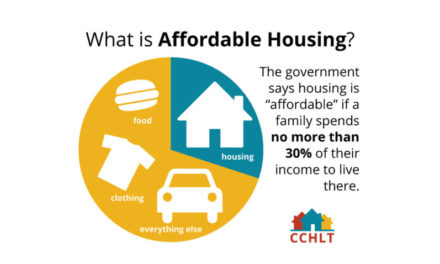From governing:
The Tax Foundation published its annual State Business Tax Climate Index study on Wednesday, ranking the most and least friendly states for companies to do business.
As in years past, the release generated no shortage of media attention. The index serves as a benchmark for comparison and is often cited by elected officials, whether they’re on the campaign trail or looking to lure companies from other states.
In highlighting its rankings, the Tax Foundation calls on lawmakers to improve business tax climates to make their states more competitive.
But do states with higher business tax climate scores actually boast stronger job markets?
While business taxes do factor into the equation to an extent, a review of the most recent economic data shows no correlation between states rated higher and those with better employment indicators. In fact, some of the lowest-ranked states weathered the recession quite well.
The Tax Foundation study compares more than 100 variables across five major areas of taxation: business taxes, individual income taxes, sales taxes, unemployment insurance rates and property taxes.
The top three states netting the highest scores were Wyoming, South Dakota and Nevada, all of which levy no individual income or corporate tax. The next two states on the list – Alaska and Florida – also impose no individual income tax.
Rounding out the least-competitive states were New York (50th), New Jersey (49th) and California (48th).
The following excerpt from the study underscores the group’s key argument:
“When a state imposes higher taxes than a neighboring state, businesses will cross the border to some extent. Therefore, states with more competitive tax systems score well in the Index because they are best suited to generate economic growth.”
From a quick review of states near the top of the list, it’s clear that they benefit from other economic advantages on top of favorable tax rates. States like Wyoming (#1) and Alaska (#4) depend heavily on the energy sector for their employment bases. By contrast, states slapped with lower scores in the report lack vast oil reserves and larger shares of jobs in the agriculture industry, which similarly held up well in recent years.
Even with these caveats, there’s no notable correlation between state’s Business Tax Climate Index scores and their unemployment rates.
Plotting the most recent state employment-to-population ratios and Tax Foundation scores further reveals no relationship:

A few of the Tax Foundation’s lowest ranked states are actually among the strongest performing in terms of current employment indicators.
The report singled out Minnesota, for example, because the state enacted policy changes said to have hurt competitiveness, particularly a retroactive individual income tax rate hike. Accordingly, the state fell three slots from last year’s report to the 47th worst in country.
To the contrary, Minnesota’s job market is quite strong. As of August, its unemployment rate stood at 5.1 percent – tenth lowest of any state. Elsewhere, it stacks up even better against other states. Its employment-to-population ratio is 66.7 percent, fourth best nationally.
Vermont’s business tax climate similarly rates poorly in the report. With its above-average income taxes and higher property tax rates, the state ranks 45th nationally. Jobs data, though, paints a different picture: Its August jobless rate was fifth lowest and the employment-to-population ratio was a similarly-impressive sixth highest of any state.
It’s also worth examining the varying wages paid to each state’s workforce. States scoring lower in the Tax Foundation study, in fact, tended to record slightly higher median annual wages:

(NOTE: Median wages represent 2012 figures from the Labor Department’s Occupational Employment Statistics data. Cost-of-living isn’t considered in wage data, and several states with high wages have a higher cost of living).
Of course, there are countless other variables we could also factor in here.
Because many taxes are applied entirely differently from state to state, assessing competitiveness presents a challenge – a fact acknowledged in the report.
The Tax Foundation ranks each variable relative to other states. Components with greater variability of each state’s score from the mean (such as individual income tax) are weighted more heavily.
In a report critical of the Tax Foundation and similar business climate rankings, liberal watchdog group Good Jobs First cited this aspect of the methodology as a flaw: “The net effect of overweighting for variability is to make taxes look more important in location decisions than they really are,” the group stated.
Perhaps the most notable caution worth considering, which Good Jobs First also points out, is that the Tax Foundation’s index doesn’t resemble the total taxes businesses end up paying in many states.
The nonprofit trade association Council on State Taxation (COST) tallied the combined total effective business tax rate levied by state and local governments in its business tax burden study, computing taxes as a percentage of the private-sector gross state product (GSP).
Excluding severance taxes collected in a few states, the effective business tax rate ranged from 3.3 percent of GSP in North Carolina to 7.3 percent of GSP in Vermont.
When ranked by COST’s effective business tax rate, many states performed far better (or worse) than their Tax Foundation rankings would indicate.
The following table illustrates some of the variation, showing the lowest ten ranked states in the Tax Foundation study and COST’s total effective business tax rate as a percentage of GSP (minus severance taxes) for fiscal year 2012:



